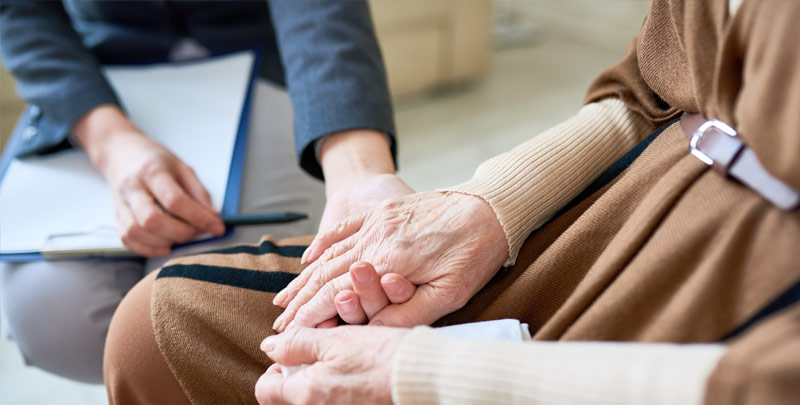
grief and loss
Understanding bereavement, loss, grief and mourning
When someone you love dies, it hurts. It’s difficult to deal with and accept, but you have the capacity to make sense of this experience and will eventually be ok. As you go through this we offer our support and encouragement.
Throughout our lives we experience losses of various kinds. Most of them are just part of day-to-day living; often we can replace the thing we have lost. We may feel sad for a time, but adjust to the new situation and cope well.
When someone we love dies, they can never be replaced. We lose not only their physical presence, but also their love and friendship. Our world may be turned upside down. Our feelings may see-saw from shock and numbness to anger, disbelief, loneliness or even depression.
How we express our feelings – how we grieve and mourn – varies tremendously from person to person. We may cry, be silent, talkative or withdrawn. We may busy ourselves with a host of tasks and activities to fill the gap; or we may go quietly about our lives as if nothing has happened.
Bereavement
Bereavement is the name given to the experience we have when someone close to us dies. During the time of bereavement, which may be months or even years (and probably won’t ever go away completely), we suffer all the pains of loss and grief.
Loss
When someone close to us dies, we lose their love, friendship and physical presence. This loss can be painful for us and we usually look for ways to make the pain go away. To be healthy, happy people again we have to acknowledge and reconcile what this loss means.
Although we don’t have the physical presence of the person we loved anymore, we do have all the memories, photographs and mementoes of the times, places and things we shared together. At first, these memories may be painful reminders of our loss, but in time they can provide comfort.
Grief
Grief is the collection of the many different feelings and emotions we experience when someone close to us dies. Experts have told us that we may experience shock, numbness, disbelief, a feeling of “why me” or “surely not, it can’t be true”, anger, guilt, frustration, yearning, loneliness, depression and eventually a gradual acceptance that we can move forward again with life and things will be ok.
Mourning
When we show our grief it’s called mourning. “Grief gone public” as it has been described. One important aspect of a funeral is to provide an opportunity for you to outwardly express your grief in a supportive and caring environment. This can happen in many ways, but is often done through rituals and ceremony. For example, celebrating a funeral mass, placing flowers on the casket, lighting candles, telling stories at the funeral and afterward over a cup of tea, or standing as a sign of respect as the casket is carried from the chapel, to name a few.
During the funeral experience, and also afterwards we encourage you to express your feelings of grief. Crying, feeling sad, and talking about the person who has died are common ways we mourn.
For many people, talking about something we wish had not happened helps us to accept that it has. Therefore, in the days and weeks after the death if you want to smile, cry, talk, or just have silent thoughts about the one you love, do so, don’t be embarrassed. It is alright – it’s normal behaviour.
A new normal
Some use the term “closure” as being the goal of your bereavement. But rather than closure, which implies forgetting the person you love and moving on without them, we would suggest a better definition is to find your “new normal”. Things can’t be as they were before the death, but you can find a place that, in time, feels ok (even good), allows you to move forward with your life (without your loved one), and yet, retains all the positive aspects and qualities this special relationship provided.

